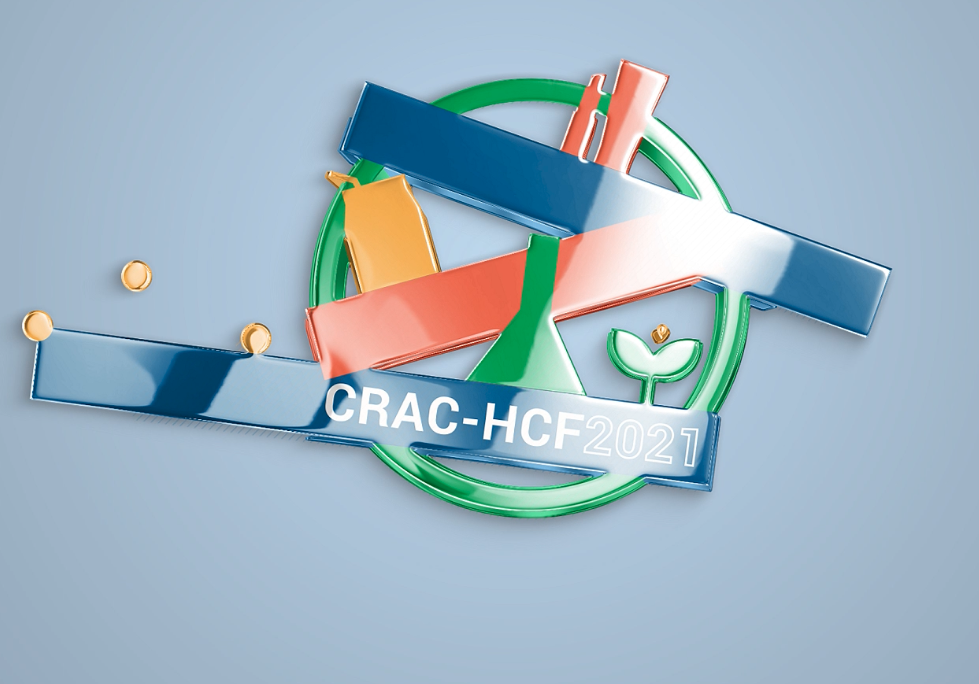On October 26, 2021, the State Council of China issued a notice [1] to publish the Action Plan to Hit Carbon Emission Peak Before 2030 (hereinafter referred to as ‘Plan’), which is formulated in accordance with the sweeping policy guidance on the country's path to carbon neutrality goals jointly released by the Communist Party of China Central Committee and the State Council.
Carbon peak refers to the point in time in which greenhouse gas emission will shrink in each following year, which is considered to be a landmark of the transition to low-carbon economy, an official from the National Development and Reform Commission said in response to media queries.
In the interview with the official, he addressed that the 14th Five-Year Plan period (2021-2025) and 15th Five-Year Plan period (2026-2030) are two critical periods to achieve carbon peak commitments. The Plan puts forward main objectives for these two periods, including increasing the share of non-fossil energy consumption, improving energy efficiency, and reducing carbon dioxide emissions, etc. Details are shown as follows:
By 2025, China’s proportion of non-fossil energy consumption will account for about 20 percent of the country's total energy consumption, energy consumption per unit of GDP will be 13.5 percent lower than in 2020, and carbon dioxide emissions per unit of GDP will be 18 percent lower than in 2020.
By 2030, China’s proportion of non-fossil energy consumption would be around 25 percent, and carbon dioxide emissions per unit of GDP will drop by 65 percent compared with the level in 2005.
It should be noted that China's carbon peak and neutrality goals are fully in line with the goals and requirements of the Paris Agreement.
Industrial sectors are responsible for a large proportion of carbon emissions and have a significant impact on the country’s carbon peak goals. The plan lists several industrial sectors that are to peak carbon emissions by 2030, including steel, non-ferrous metals, building materials and petrochemicals, etc. Enterprises should fulfill their social responsibilities in reducing emissions, and projects with high energy consumption and emission will be resolutely curbed.
The Plan also designates a number of measures to achieve the goal of having carbon emissions peak by 2030, such as promoting green and low-carbon transportation, advancing a circular economy, and supporting technological innovation, etc.
Encourage petroleum and chemical enterprises to adjust their feedstock structure by replacing coal with electricity and natural gas, capping the refinery capacity of crude oil within 1 billion tons per year by 2025.
Build more hydropower and nuclear plants, and further develop biogenic gas resources to bring the total capacity of wind and solar power to over 1,200 kW by 2030.
Establish a green, efficient transportation system and building an environmentally friendly transportation infrastructure.
Enhance comprehensive utilization of bulk solid waste, improve the resource recycling system and push for reduction and reclamation of household waste.
According to the Plan, China will also enhance policy support by developing a unified and standardized carbon emission statistical counting system, improving laws, regulations and standards, optimizing economic policies, and establishing sound market mechanisms. Additionally, strengthening international cooperation is of big significance. China will be deeply involved in the global climate governance, carrying out green cooperation in economy, trade, technology and finance, and accelerating the construction of a green Belt and Road.













